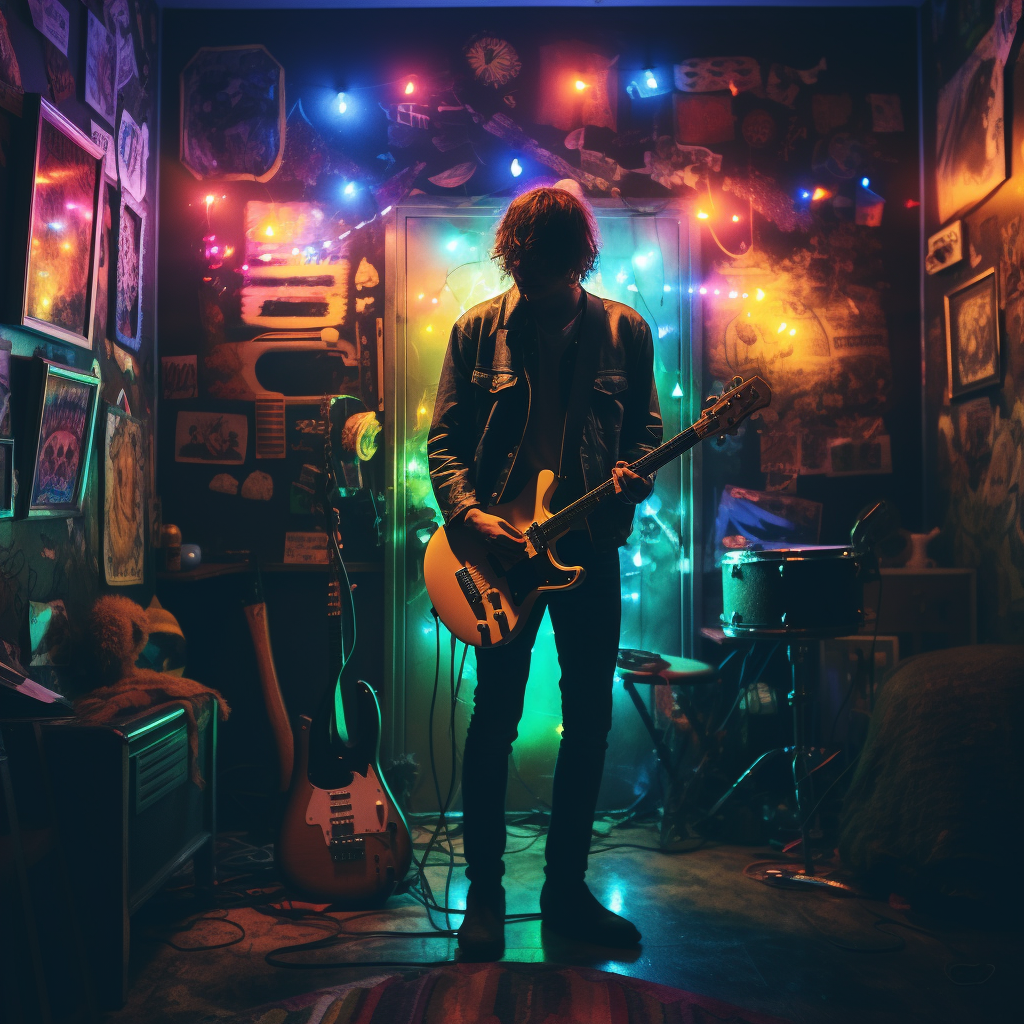
Unveiling the Secrets of Radio Guitar Tone
Share
The world of music is a vast landscape where artists constantly seek new ways to sculpt their sonic identity. One aspect that has captivated guitar enthusiasts for decades is the enigmatic allure of radio guitar tone.
The Roots of Radio Guitar Tone:
To truly understand the essence of radio guitar tone, it's essential to delve into its roots. The distinctive sound originates from the early 20th century when musicians experimented with broadcasting their guitar performances over the airwaves. The limitations of early radio technology, coupled with the use of primitive equipment, inadvertently birthed a tonal quality that resonated with guitarists seeking a distinctive, vintage sound.
Vintage Gear and Techniques:
Central to achieving the quintessential radio guitar tone is the use of vintage equipment and specific playing techniques. Musicians often turn to analog radios, AM transmitters, and vintage tube amplifiers to capture the warmth and character of early broadcasts. The unique distortion, compression, and EQ characteristics of these components contribute significantly to the distinctive timbre associated with radio-inspired guitar tones.
Playing Technique:
In addition to vintage gear, playing technique plays a pivotal role in recreating the radio guitar sound. Many guitarists employ techniques such as palm muting, sliding, and deliberate string bending to mimic the imperfections and idiosyncrasies found in vintage radio broadcasts. These subtle nuances contribute to the authenticity of the tone, transporting listeners to a bygone era of radio experimentation.
Modern Approaches to Radio Guitar Tone:
While vintage gear and techniques form the bedrock of radio guitar tone, modern technology has opened up new avenues for exploration. Digital emulations, amp modelers, and software plugins now offer guitarists the flexibility to achieve radio-inspired tones without the logistical challenges of sourcing and maintaining vintage gear. This marriage of tradition and innovation allows for a broader audience to access and experiment with the unique sonic characteristics associated with radio guitar tone.
Tips for Crafting Your Radio Guitar Tone:
For those eager to embark on their own sonic exploration, here are some practical tips for crafting an authentic radio guitar tone:
-
Embrace Imperfections: Don't be afraid of imperfections; they are an integral part of the radio guitar tone. Embrace the occasional crackle, distortion, and unpredictable dynamics.
-
Experiment with Vintage Gear: If possible, explore the world of vintage gear. Analog radios, tube amplifiers, and old microphones can inject the character that defines the radio guitar sound.
-
Master the Art of Dynamics: Pay attention to your playing dynamics. Experiment with varying degrees of attack, sustain, and release to capture the expressive nuances inherent in vintage radio broadcasts.
Radio guitar tone stands as a testament to the marriage of technology, creativity, and a yearning for sonic authenticity. As musicians continue to push the boundaries of sound, the allure of this vintage-inspired tone remains as potent as ever. Whether you choose to embrace the charm of vintage gear or leverage modern technology, the world of radio guitar tone beckons, inviting you to embark on a sonic journey that transcends time.
